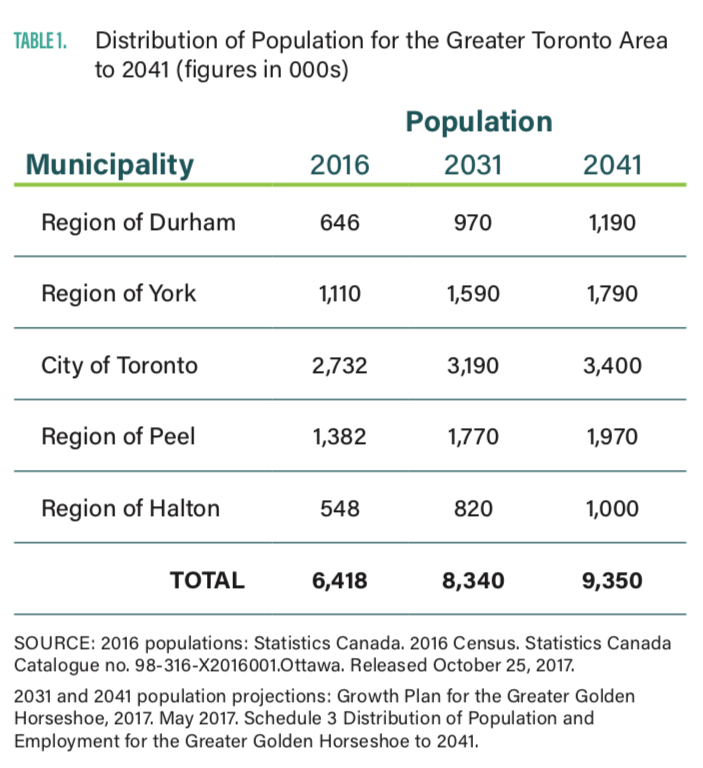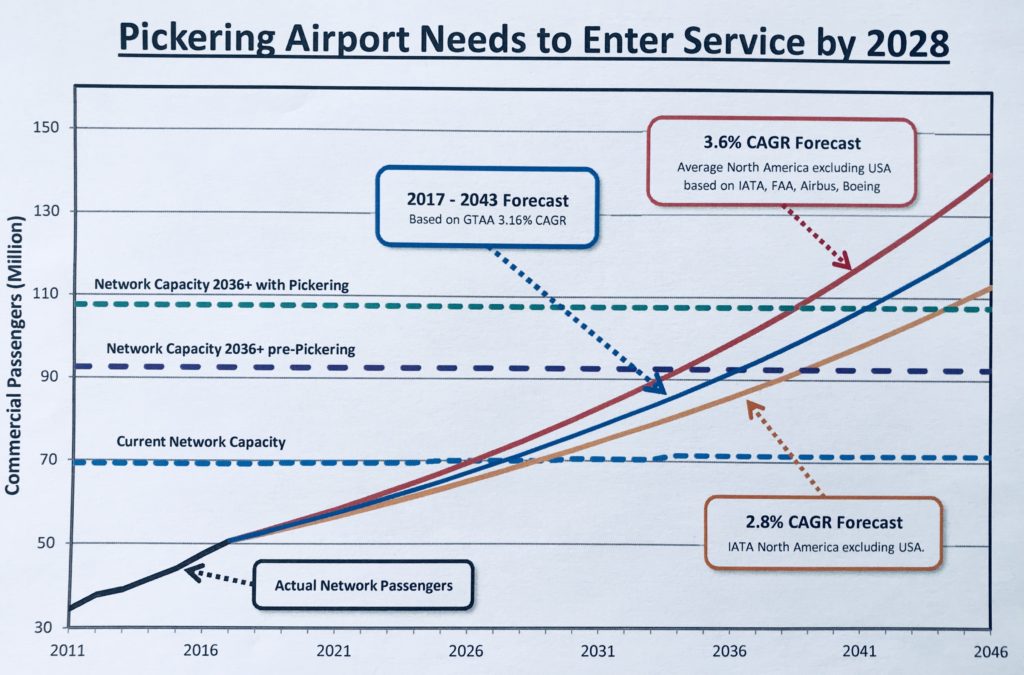
By: Mark Brooks, Phil Lightstone
Aviation in the Toronto region is facing an urgent environmental and economic challenge. First, thanks to the strengthening global economy and the Toronto regions booming growth, the number of long haul passenger flights to/from Toronto is expected to increase dramatically over the next two decades. Second, the global aviation transportation industry, currently burning 5 million barrels of oil a day, has a carbon footprint problem with no easy solution.
What is driving this dramatic increase in passenger travel? As one industry pundit explained, thanks to WOW, Easy Jet and other ultra low cost air carriers, “Now everyone can fly”. The global economy is entering a new phase, where price reduction and improved standards of living are allowing almost everyone to fly to the four corners of the earth.
The WOW generation, named after the discount carrier that first made ultra low cost long haul flights between Europe and Canada economical, has arrived. In “generation WOW”, those who have never flown on an aircraft, are now flying and those that fly already, will fly more. This increasing demand from new and existing travellers means the number of passenger flights worldwide is set to double by 2035. Toronto’s booming growth, and our business community’s new focus on diversification of suppliers and customers away from our dependence on the United States, is adding a local urgency to this challenge.

Unfortunately for the WOW generation, the Toronto region has a bottleneck, a lack of accessible airport capacity. Unheard of for a city its size, Toronto has only a single Jet airport inside its passenger catchment area, Pearson international, and Pearson is already nearing its originally forecasted aircraft movement capacity. Today, Pearson’s limited runway capacity is creating constraints on airlines and operational inefficiencies which are projected to get dramatically worse. Combined with current reasonable limitations on night flights due to Pearsons location, the WOW generation could soon be locked out of Toronto’s skies.
This lack of accessible aviation capacity is also aggravating Toronto’s aviation carbon footprint. So what is our aviation carbon footprint? Today jet travel is at the mercy of the oil industry’s environmental challenges. In 2015 the aviation industry contributed only around 2.5% to total carbon emissions worldwide. But as other industries meet emission reduction targets, if nothing is done, aviation’s contribution could rise to 20-22%, 1/5 of worldwide emissions, by the middle of this century.
Unfortunately, unlike other sectors where there might be a greener alternative (solar run LEDs versus coal-fired lightbulbs etc.), there is currently no way to fly commercially without burning jet fuel. The race is now on to both improve the fuel-efficiency of existing aircraft technology as well as to turn the dream of electric flight into reality. Although pure electric flight is still decades away, hybrid electric flight could be rolling out within a decade. Unfortunately, the initial designs will be for the under 100 seat regional market, which will add even more demands on Toronto’s limited runway capacity.
So what can be done? Adding additional aviation capacity is the obvious solution. Adding accessible aviation infrastructure will improve operational efficiency for the existing and future aircraft fleet. There is no more room to add another standalone runway at Pearson and building out other existing airports such as Hamilton is only part of the solution solution. For many Toronto region residents, a taxi ride through forecasted traffic congestion in 2028 to Hamilton airport will be a multi-hour odyssey that could cost more and create more carbon emissions per passenger than the flight itself. Called the infrastructure paradox, adding additional capacity can help reduce emissions if it is easily accessible.
Luckily some far-sighted urban planners set aside land for a new jet airport In Pickering. It is easily accessible by highways 407 and 401 to millions of the Greater Toronto Area residents and has already been zoned into the regions development plan.
But as with all projects this size, a new white paper from the region of Durham estimates that it could take up to 15 years before the airport could become operational. The need for Pickering airport is now urgent, without new capacity by 2028, the negative impact on our economy and our environmental efficiency will be significant. For generation WOW, there is not a moment to lose.
